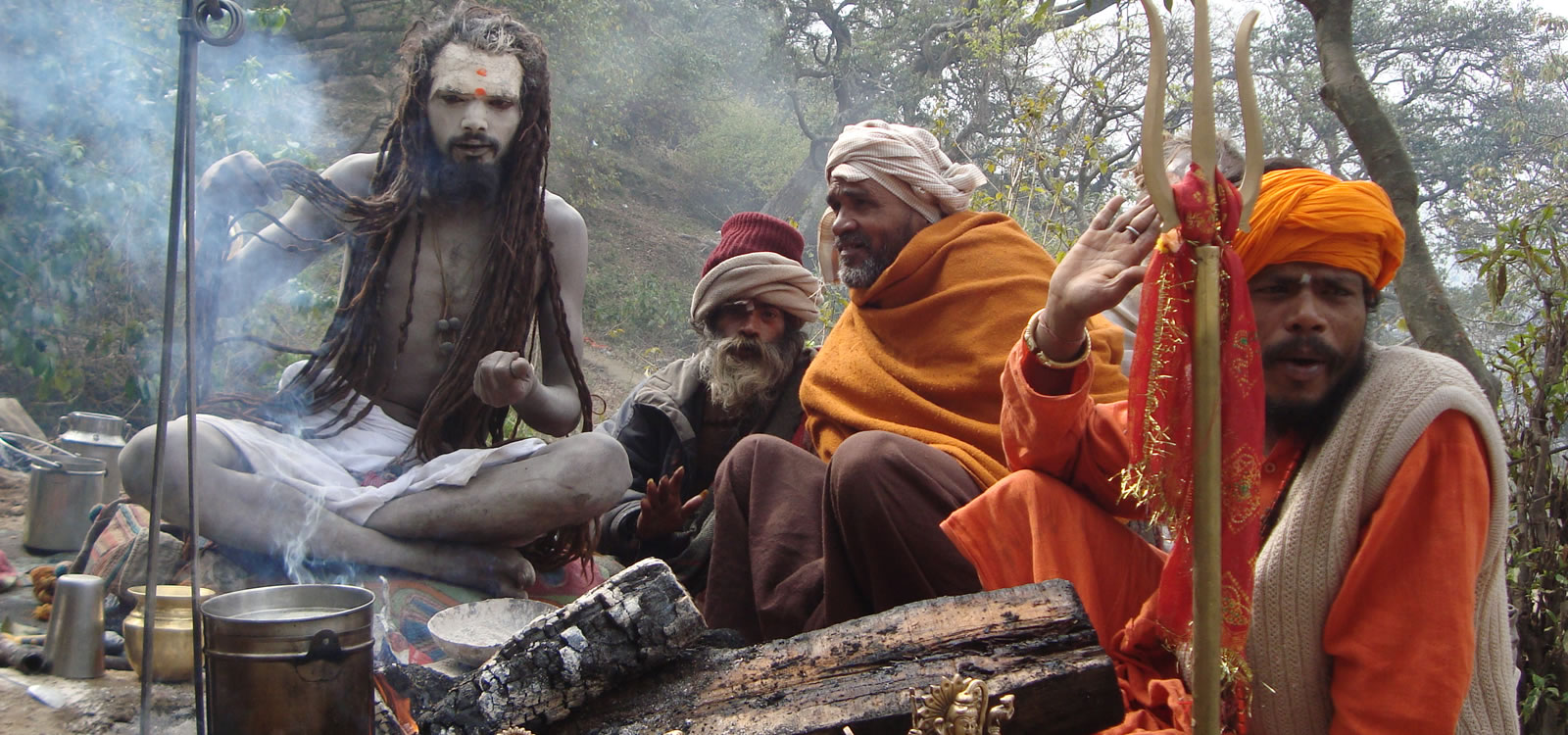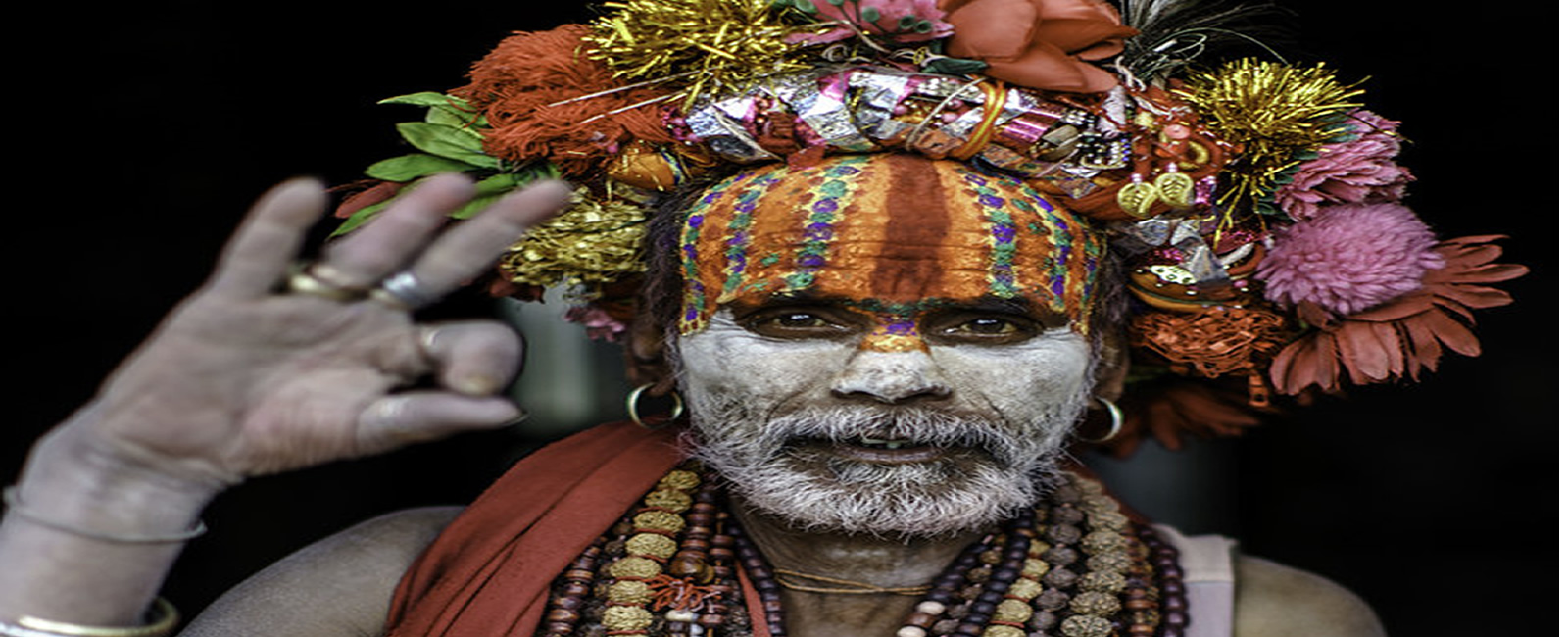
Maha Shivaratri, the prodigious night of lord Shiva is taken as the utmost significant sectarian festival of the year particularly for the disciples of Shaivism, a part of Hinduism.
It is celebrated on the 14th day of the dark half of each lunar month is especially sacred to Shiva, but when it befalls in the month of Magha (January–February) and, to a lesser extent, in the month of Phalguna (February–March), it is a day of precise triumph.
As indicated by Hindu folklore, this celebration is acclaimed for the presence of Lord Shiva, one of the magistrates of the Hindu pantheon, who is accepted to have flushed toxins to save humanity and divine beings from demolition.
Shivaratri is one of the four evenings known as Kaalratri, Moharatri, Sukharatri and is viewed as perhaps the best celebration in the blessed sacred texts of the Hindus—the Puranas.
It is considered that on this specious day, the stars in the northern hemisphere are at most optimum situations to help raise a person’s spiritual energy. It is also believed that the Shiva principle is most active on this day of the year.
This festival is celebrated marking the convergence of Shiva (representation of lord destroyer) and Shakti (representation of goddess ‘power’). People perform "Tandav", the cosmic dance during the night. The temples that resemble lord Shiva/Mahadev are filled with devotees.

Mahashivratri is a chance and a possibility to bring yourself to that experience of the tremendous void inside each person, which is the wellspring of all formation.
From one viewpoint, Shiva is popular as the destroyer. On the other, he is known as the most merciful. He is additionally known to be the best of the suppliers.
The yogic legend is overflowing with numerous tales about Shiva's sympathy. The methods of articulation of his empathy have been unfathomable and surprising simultaneously.
Therefore, Mahashivratri is an extraordinary night for accepting as well. It is our desire and gift that you should not spend this night without knowing, at any rate, a snapshot of the immeasurability of this emptiness that we call Shiva.
Let this night not simply be an evening of attentiveness, let this night be an evening of enlivening for you.
The fourteenth day of every lunar month or the day before the new moon is known as Shivratri.
Among all the twelve Shivratris that occur in a calendar year, Mahashivratri, the one that occurs in February-March is of the most spiritual significance.
On this night, the northern hemisphere of the planet is positioned in such a way that there is a natural upsurge of energy in a human being.
This is a day when nature is pushing one towards one’s spiritual peak. It is to make use of this, that in this tradition, we established a certain festival which is nightlong.
To allow this natural upsurge of energies to find their way, one of the fundamentals of this nightlong festival is to ensure that you remain awake with your spine vertical throughout the night.
Various legends depict the meaning of Maha Shivaratri. As indicated by one legend in the Shaivism custom, this is the night when Shiva plays out the superb dance of creation, protection, and annihilation.
The reciting of songs, the perusing of Shiva sacred texts, and the theme of enthusiasts join this inestimable dance and recollects Shiva's quality all over the place.
As per another legend, this is the night when Shiva and Parvati got hitched. An alternate legend expresses that the contribution to Shiva symbols, for example, the linga is a yearly event to get over past sins assuming any, to restart on a prudent way, and accordingly arrive at Mount Kailasha.
One of the most celebrated religious ceremonies- Maha Shivaratri is taken with great enthusiasm. For that very occasion, thousands of devotees gather to worship the Shiva Temples of the entire nation.
Pashupatinath Temple, Doleshwar Mahadev Temple, Gokarna Mahadev Temple, Santaneshwor Mahadev Temple, Kailashnath Mahadev, Halesi-Maratika Caves, Siddha Baba Temple, Jaleshwor Mahadev temple, Shiva Temple Rajbiraj, Koteshwor Mahadev, Shiva Kedarnath Temple Bhaktapur are some of the Shiva Temples which bear the traffic of thousands of people on this very day.
Pashupatinath Temple is the place with the biggest crowd on this day. It is believed that around a million people visit the entire world, especially from the Indian- Sub Continent.
Spring is one of the best times to visit Nepal, and the tourists enjoy visiting during the most auspicious occasion of Maha Shivaratri.
Apart from Puja and Darshan other attractions for visitors to the temple vicinity at the time will be the colorful crowd including gorgeous Sadhu Babas from different parts who believe that honoring Lord Shiva on this night helps worshipers to end bad habits and turn their lives in a better direction.
Devotees hymn “Om Namah Shivay” and “Mahamritunjaya” all night praying for light over darkness. Tourists are seen enjoying the ambiance with curiosity, as colorful and naked sadhus are seen meditating, posing for photographs, and interacting with disciples.
Special attendance camps are set in the courtyards of the temples. Children are seen collecting donations from passersby on this day preparing for holy meals and bonfires in celebration of the special night.
Apart from Puja and Darshan other attractions for visitors to the temple vicinity at the time will be the colorful crowd including gorgeous Sadhu Babas from different parts of the world.
People come to Pashupatinath to observe and see the different kinds of Sadhu Babas and their activities; some Sadhus are covered in ashes while some prefer to be completely naked.
Amid various festivals celebrated in Nepal, Maha-Shivaratri is a well-known festival of Nepal that is celebrated with great enthusiasm.
All the Hindu temples which are dedicated to Lord Shiva are filled with devotees wishing prosperity, wellness, and sacredness.
You may like to read:
Leave Your Comment